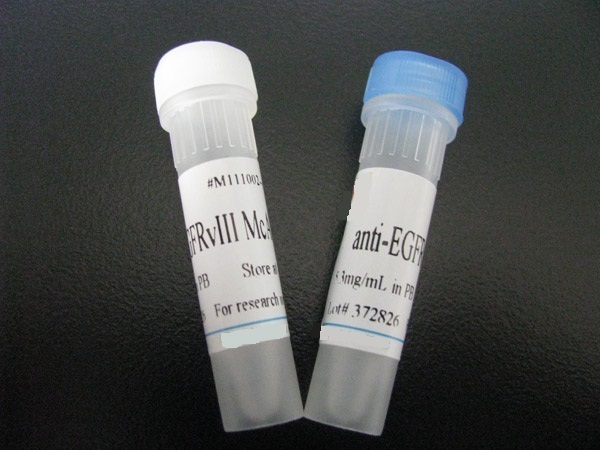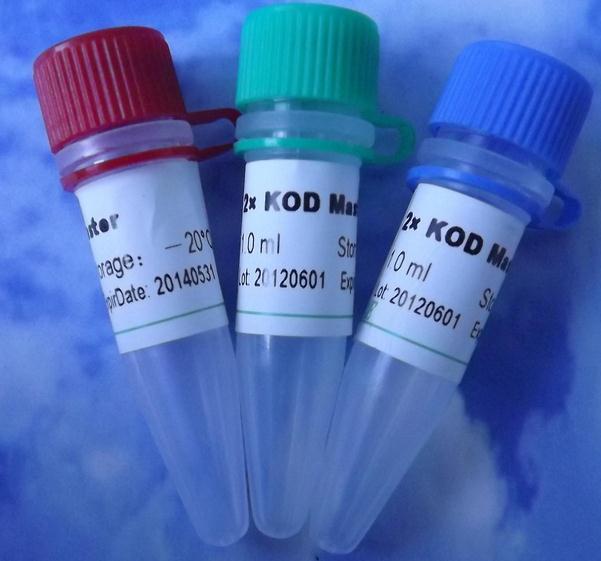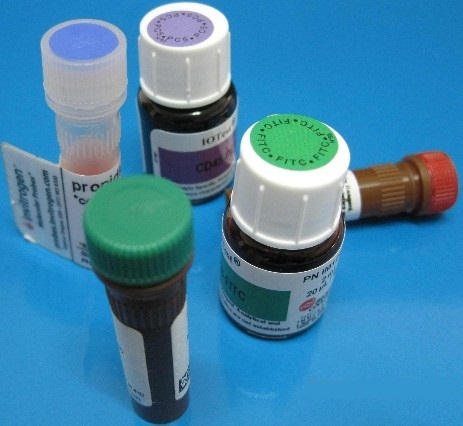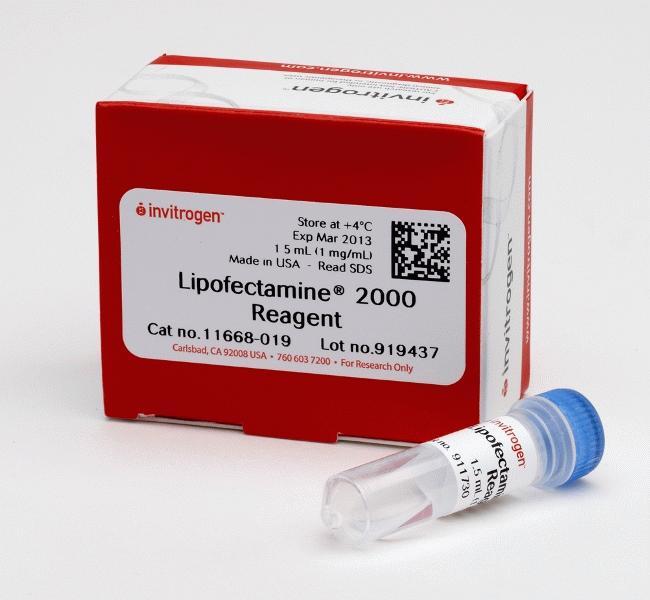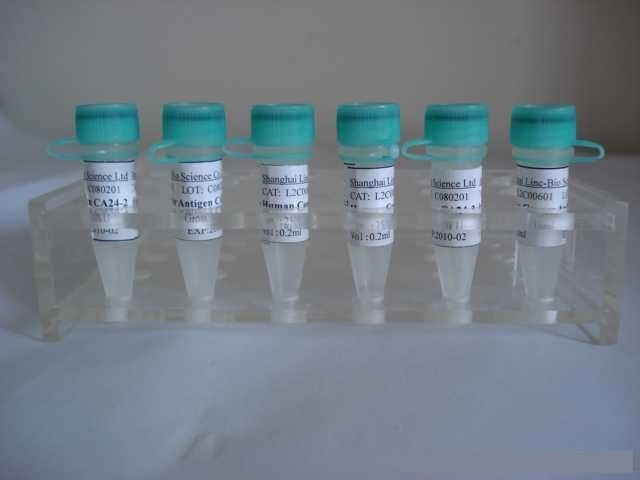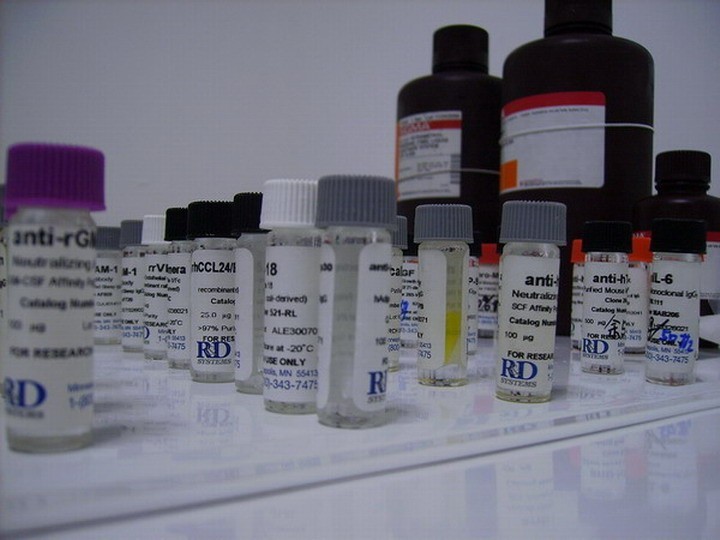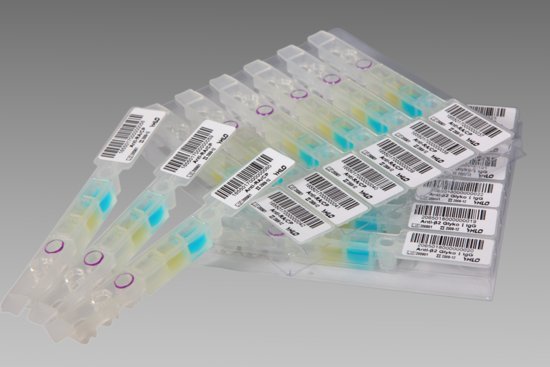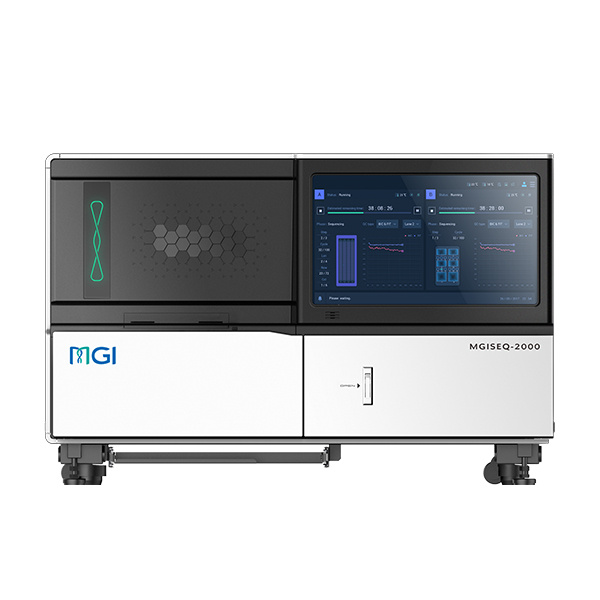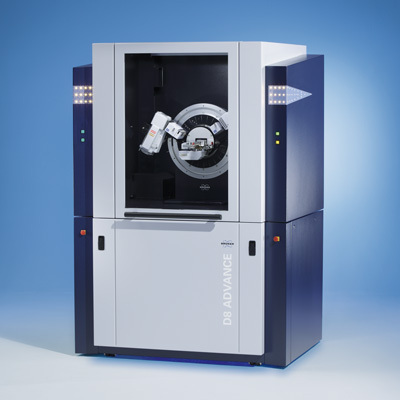浓 度 1mg/1ml
规 格 0.1ml/100μg 0.2ml/200μg
抗体来源 Rabbit
克隆类型 polyclonal
交叉反应 Human, Mouse, Rat, Cow
产品类型 一抗
研究领域 细胞生物 免疫学 神经生物学 信号转导 细胞类型标志物
蛋白分子量 predicted molecular weight: 98kDa
性 状 Lyophilized or Liquid
免 疫 原 KLH conjugated synthetic peptide derived from human Dynamin 2 N-terminus
亚 型 IgG
纯化方法 affinity purified by Protein A
储 存 液 0.01M PBS, pH 7.4 with 10 mg/ml BSA and 0.1% Sodium azide
产品应用 WB=1:100-500 ELISA=1:500-1000 IP=1:20-100 IHC-P=1:100-500 IHC-F=1:100-500 IF=1:100-500
(石蜡切片需做抗原修复)
not yet tested in other applications.
optimal dilutions/concentrations should be determined by the end user.
保存条件 Store at -20 °C for one year. Avoid repeated freeze/thaw cycles. The lyophilized antibody is stable at room temperature for at least one month and for greater than a year when kept at -20°C. When reconstituted in sterile pH 7.4 0.01M PBS or diluent of antibody the antibody is stable for at least two weeks at 2-4 °C.
Important Note This product as supplied is intended for research use only, not for use in human, therapeutic or diagnostic applications.
酶动力蛋白2抗体产品介绍 Dynamin 2 is a microtubule-associated force-producing protein involved in building microtubule bundles, and it is able to bind and hydrolyze GTP. It is ubiquitously expressed and is likely to be involved in vesicular trafficking processes, especially endocytosis.
Function : Microtubule-associated force-producing protein involved in producing microtubule bundles and able to bind and hydrolyze GTP. Most probably involved in vesicular trafficking processes, in particular endocytosis.
Subcellular Location : Cytoplasm. Cytoplasm > cytoskeleton. Cell junction > synapse > postsynaptic cell membrane > postsynaptic density. Cell junction > synapse. Microtubule-associated. Also found in the postsynaptic density of neuronal cells.
DISEASE : Defects in DNM2 are a cause of centronuclear myopathy autosomal dominant (ADCNM) [MIM:160150]; also known as autosomal dominant myotubular myopathy. Centronuclear myopathies (CNMs) are congenital muscle disorders characterized by progressive muscular weakness and wasting involving mainly limb girdle, trunk, and neck muscles. It may also affect distal muscles. Weakness may be present during childhood or adolescence or may not become evident until the third decade of life. Ptosis is a frequent clinical feature. CNMs comprise a wide spectrum of phenotypes, ranging from severe neonatal to mild late-onset familial forms. The most prominent histopathologic features include high frequency of centrally located nuclei in muscle fibers not secondary to regeneration, radial arrangement of sarcoplasmic strands around the central nuclei, and predominance and hypotrophy of type 1 fibers.
Similarity : Belongs to the dynamin family.
Contains 1 GED domain.
Contains 1 PH domain.
![]()




